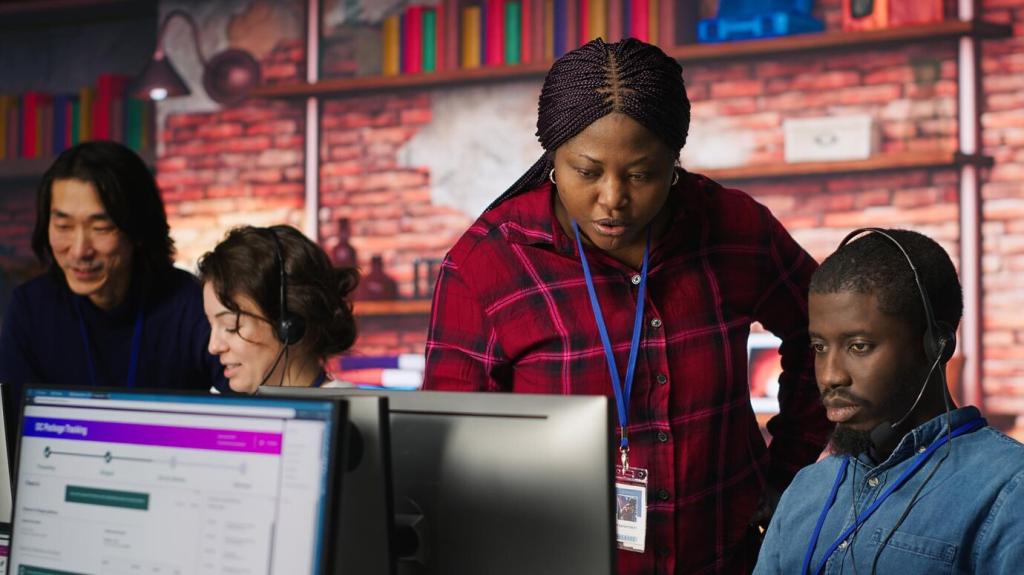
Maximizing Engagement in Online Courses
Maximizing engagement in online courses is essential for ensuring learners not only complete their studies but also grasp the material effectively. In the world of digital education, instructors face unique challenges, such as combating distractions and maintaining motivation. Successful engagement strategies keep students interested, interactive, and involved throughout their learning journey. By leveraging innovative teaching methods, integrating responsive feedback, and fostering a supportive virtual environment, educators can turn online courses into dynamic learning experiences. This page explores fundamental approaches to elevating engagement, illustrating how to transform passive learners into active participants and ultimately enhance the effectiveness of online education for diverse audiences.
Designing Interactive Course Content
Multimedia Integration
Scenario-Based Learning
Gamification Techniques
Encouraging Active Participation
Community Building Through Forums
Collaborative Projects and Peer Learning
Live Sessions and Real-Time Interactions
Leveraging Feedback and Assessment

